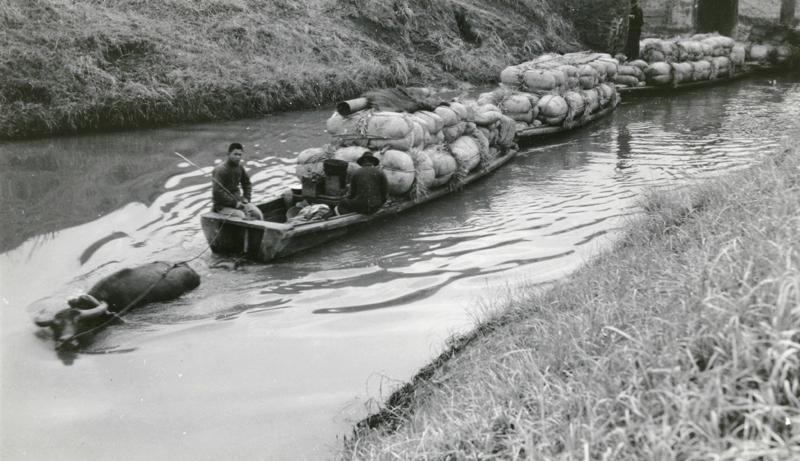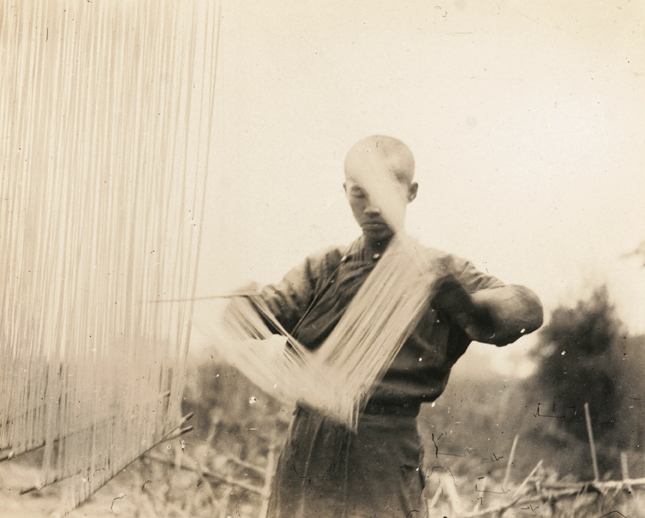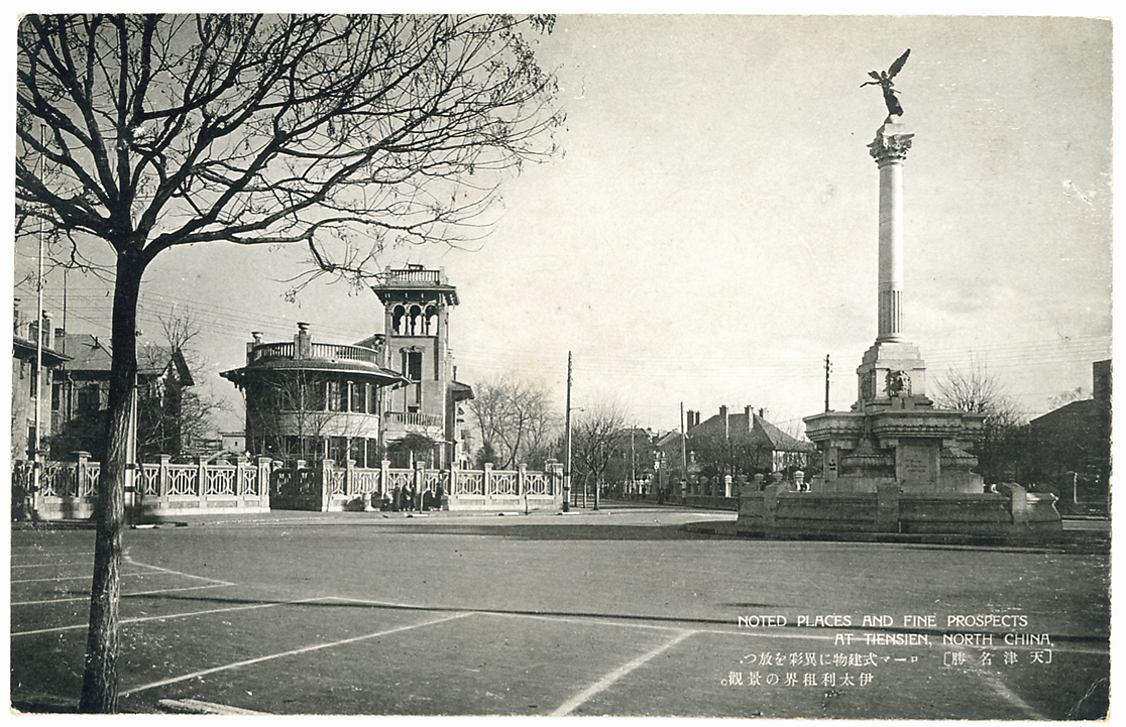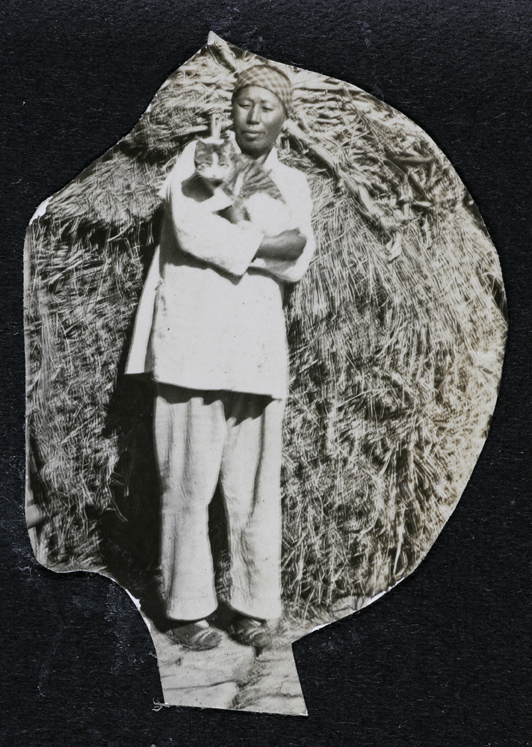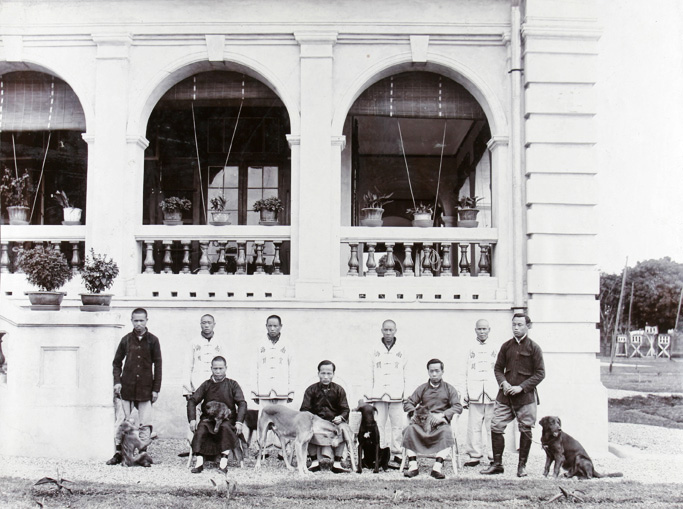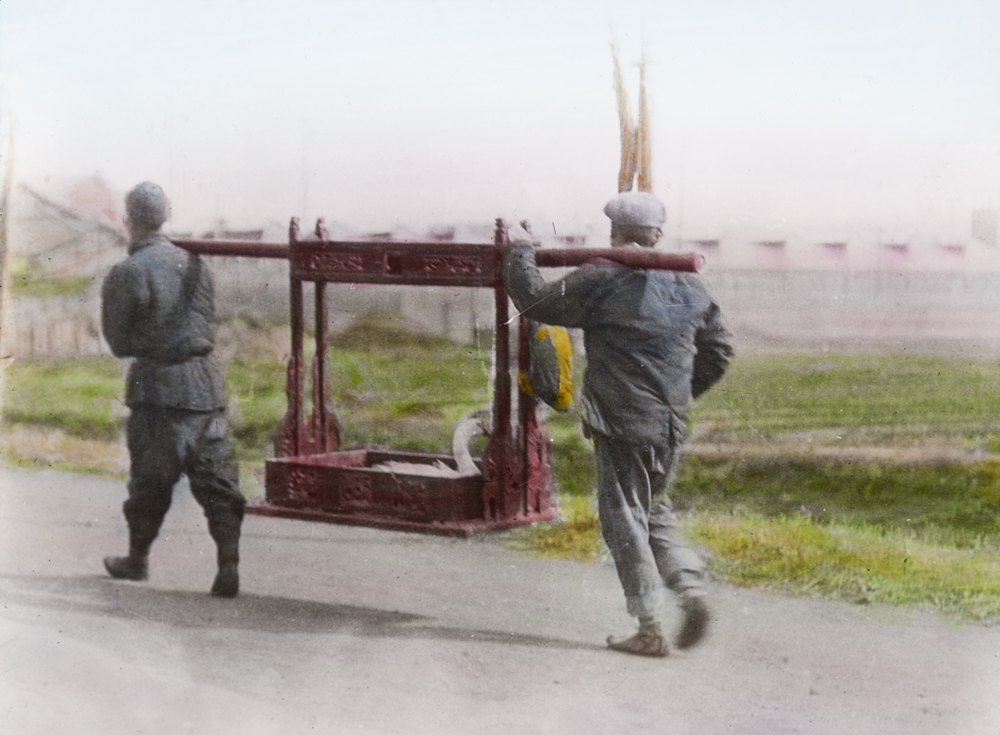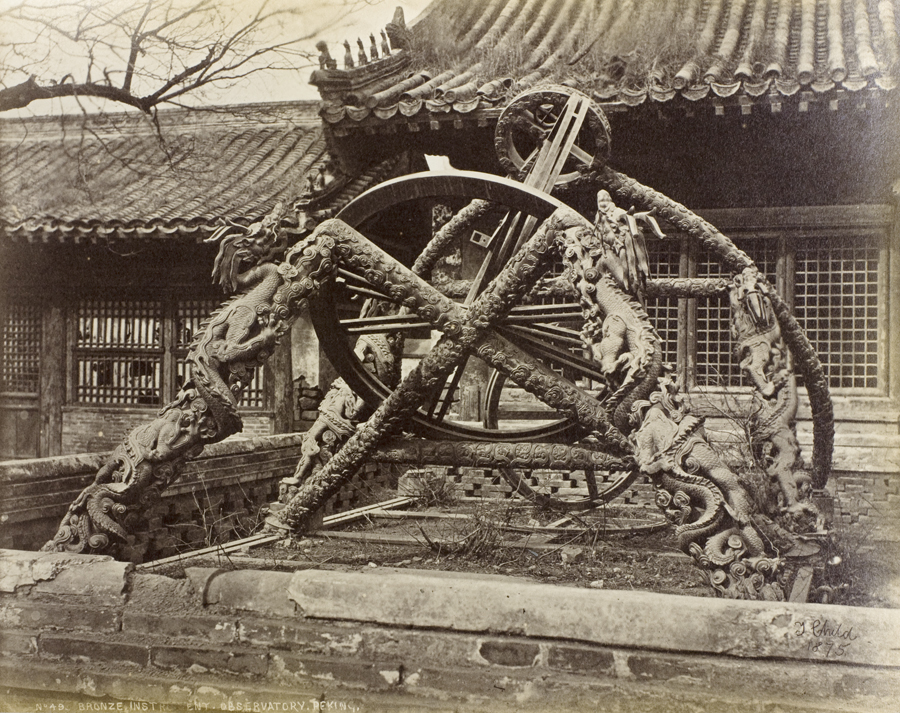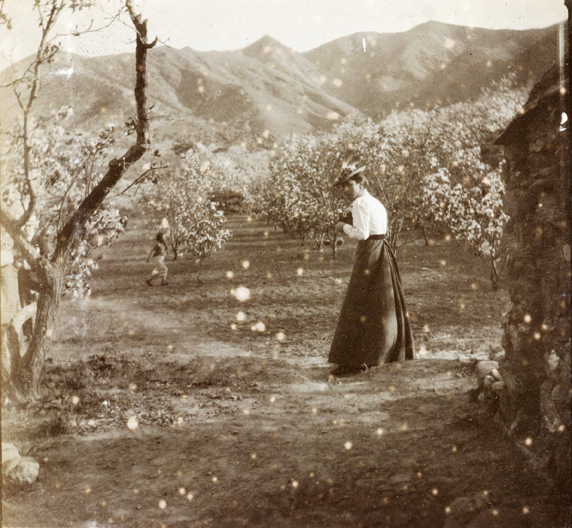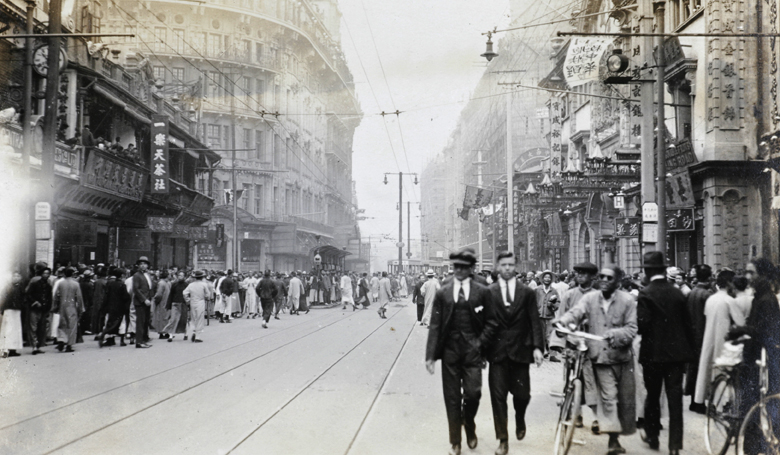The domestic Asian water buffalo (Bubalus bubalis) is one of the most important animals of Asia. It is used as an agricultural draught animal (including ploughing), and makes a direct contribution to food supplies with the its milk and as meat. In 2000, the United Nations Food and Agricultural Organisation estimated that there were approximately 158 million water buffalo in the world. Its range extends from the Philippines, as far west as Italy, and the animal supplies over half of India’s milk. The milk produces pure white soft cheeses, of which mozzarella cheese is the best known (Water buffalo milk has a higher content of both buttermilk and non-fat solids than cow’s milk and lacks the yellow pigment carotene which is in cow’s milk). Search for Chinese water buffalo images on Visualising China with the keyword: buffalo. For further information from the world authority on these animals, see ‘The Buffaloes of China’ by W. Ross Cockrill (1976): http://books.google.co.uk/books/about/The_Buffaloes_of_China.html?id=nOaESQAACAAJ&redir_esc=y.
The camera-savvy buffalo in Ru-s134, is pulling a train of barges loaded with bales of raw cotton in a waterway or canal. It is not a wild water buffalo (Bubalus arnee), now alas an endangered species. Canal building in China, and associated technological developments, goes back to the fifth century BC, when the Peking-Hangchow (Beijing-Hangzhou) Grand Canal, the longest canal or artificial river in world, was begun.

